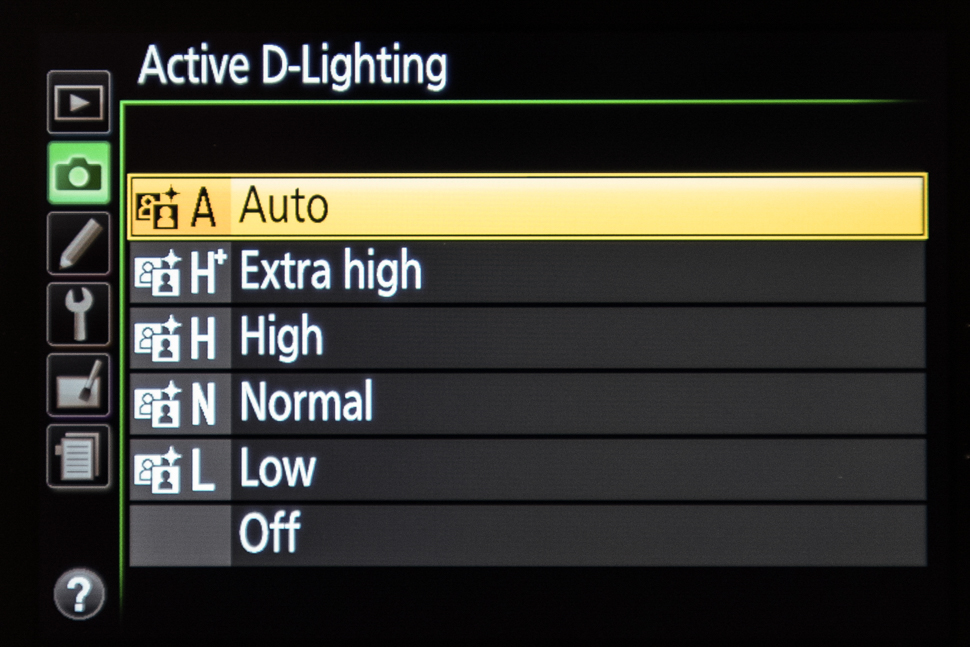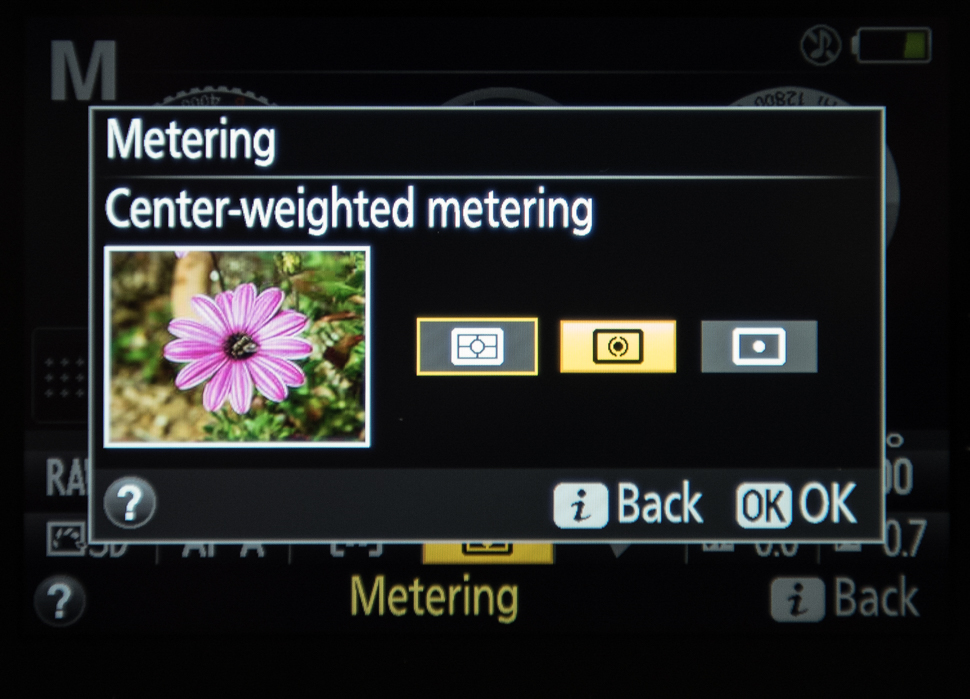How to always get exposure right – exposure settings explained
We explain the main ways to control exposure, and when to use each option
Dynamic Range Optimisation

This option, which goes by names such as Active D-Lighting on Nikon cameras and Dynamic Range Optimizer on Sony’s models, adjusts exposure separately for particulars areas rather than for the image as a whole.
Although the exact way in which this works varies between different cameras, it typically allows you to get the exposure you want for shadows, midtones and highlights, so that details are visible throughout these different areas.
You will usually have a number of options so that its effect can be tailored to the scene, although you should also be able to set it to Auto to let the camera decide on what's best.
When to use it: This option is best employed when your scene has a naturally wide dynamic range. So, a landscape with a good proportion of darker and lighter areas, for example, or perhaps when shooting indoors, where you want darker interior details balanced with brighter ones appearing through windows. It’s in these scenes where this setting will have the greatest effect. The strongest settings can noticeably reduce image contrast, so only use these if necessary.
Centre-weighted and spot metering

The default matrix, or evaluative, metering mode takes all areas of the scene into account when judging appropriate exposure, but switching to another metering pattern may be a better idea if you’re shooting many images of the same subject in an atypical set of conditions.
The centre-weighted metering option biases its exposure towards the main subject but also considers the surrounding areas, while the spot metering option only uses a very small proportion of the whole scene to judge exposure for the whole image.
When to use it: Centre-weighted metering is ideal when your subject is lit in a different way to the background, such as when shooting portraits against a bright sky. Using the standard evaluative metering pattern here is likely to lead to underexposure, as the camera may be fooled by the brighter areas behind the subject.
Spot metering is useful when the subject occupies only a small portion of the frame, such as when capturing an insect on a blade of grass. This ensures the exposure is completely accurate for the subject at the expense of all other areas.
Other options on modern cameras may include highlight-weighted metering. This is a good metering pattern to use when you're looking to prevent highlights from blowing their details in key areas, such as a person's face or a bride's wedding dress. This is particularly useful when working with harsh spotlights, as you may encounter with live-performance photography.
AE Lock (AE-L)

Unless you use the manual exposure mode, your camera will be changing the aperture or shutter speed (or both) as it deems necessary to produce the most appropriate exposure for the scene.
The AE Lock option allows you to quickly lock the exposure to a particular set of settings so that you can use them for all subsequent frames.
When to use it: AE Lock is useful whenever you meter a scene and achieve the exposure you’re happy with but then need to change your position or framing, which could cause your camera to give you a different meter reading.
It’s also useful when something you cannot control in the scene is causing meter readings to fluctuate, such as flashing lights or areas changing in brightness around a subject. Furthermore, you may wish to use this when using centre-weighted or spot-metering patterns, where slight changes in your position can cause the meter reading to change.
- 1
- 2
Current page: Page 2: How to always get exposure right
Prev Page Page 1: How to always get exposure rightGet the Digital Camera World Newsletter
The best camera deals, reviews, product advice, and unmissable photography news, direct to your inbox!
The former editor of Digital Camera World, "Matt G" has spent the bulk of his career working in or reporting on the photographic industry. For two and a half years he worked in the trade side of the business with Jessops and Wex, serving as content marketing manager for the latter.
Switching streams he also spent five years as a journalist, where he served as technical writer and technical editor for What Digital Camera before joining DCW, taking on assignments as a freelance writer and photographer in his own right. He currently works for SmartFrame, a specialist in image-streaming technology and protection.

